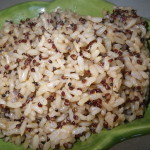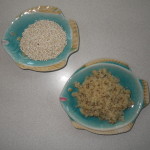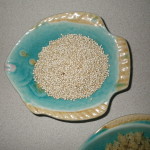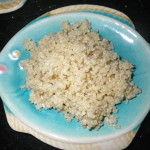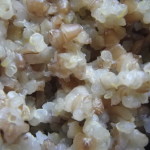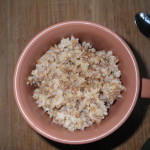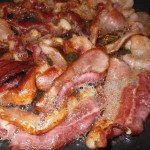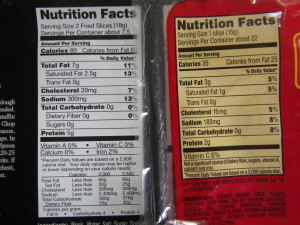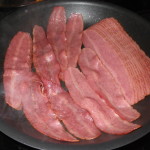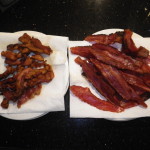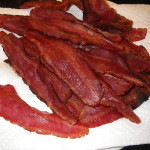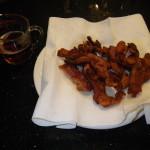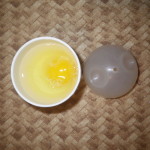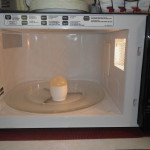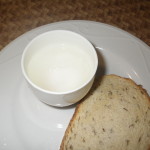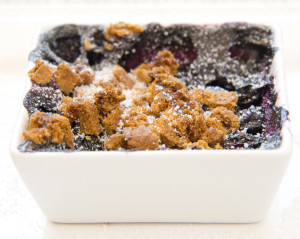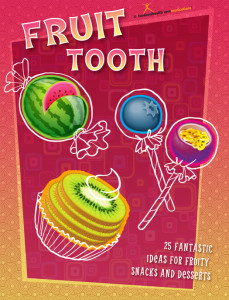I’ll be the first to admit I don’t totally understand Pinterest. But, my cousin seems to really be into it. She recently shared on her Facebook wall several things she learned on Pinterest. I chuckled at one of them…
People actually are naming their daughters Quinoa.
But, laughed even harder at her comment….
Um, that’s sort of like calling them Oatmeal isn’t it?
I guess quinoa (pronounced KEEN-wah) is one of those things most people don’t know a lot about. For some it might just be a good “Q” word to play on Words with Friends or Scrabble. I guess to others…it’s an interesting new child’s name.
I’ve heard about quinoa for years, but my cousin’s post inspired me to try it out. I didn’t have to go to a specialty food store to find it. Our local discount store had several versions.
My cousin wasn’t far off when she likened it to oatmeal. It’s close. Quinoa resembles a grain in use and appearance and it has frequently been called an ancient “grain”. But it’s really a seed. This grain-like crop has been eaten for thousands of years in South America. If you’ve never seen it, quinoa is a small seed that resembles millet or couscous. It can be used as a you would rice, pasta or oatmeal.
Compared with grains, quinoa is a nutritional powerhouse containing a high amount of complete protein, soluble and insoluble fiber and unsaturated fats. It also contains iron, magnesium and zinc and is gluten-free.
The United Nations General Assembly Food and Agricultural Organization feels so strongly about the role of quinoa as a high quality food for health and food security, they have declared 2013 the International Year of Quinoa. They noted the exceptional nutritional qualities of quinoa and its potential contribution in the fight against worldwide hunger and malnutrition.
In the US, generally you can find red, white or black quinoa. White is the most common. The flavor has been described as nutty or “earthy”. I thought it was fairly bland and seemed to pick up the flavors of what it’s cooked with. I’ve been told that red quinoa has more flavor, but it’s more difficult to find. Most of the prepared mixtures I found combined it with brown rice, vegetables and seasonings.
Like rice, pasta, wheat or couscous, quinoa is very versatile. It can be used as you would any of these grains—as a pilaf, risotto, in soups or drinks. Most people I talked with that eat quinoa like it best mixed with other grains. Another breakfast idea: cold cooked quinoa with yogurt and fruit or hot like oatmeal.
Some quick quinoa tips:
- 1 cup dry = 3 cups cooked.
- The cooking ratio is 1 1/2 to 2 cups liquid to each cup of dry seeds.
- It cooks quickly: bring the liquid and quinoa to a boil, cover and simmer until the water is absorbed (10—15 minutes)
- When cooked, quinoa will become translucent and a white ring will appear along the outside edge of the seeds. This is the “germ”.
- According to the USDA one cup cooked quinoa contains 222 calories, 8 grams of protein, 5 grams of fiber and 3.5 grams of fat.
Hey Oatmeal…..or Quinoa…..it’s time to eat.
Here is a delicious Quinoa Berry Salad
Cheryle Jones Syracuse, MS
Professor Emeritus, The Ohio State University



